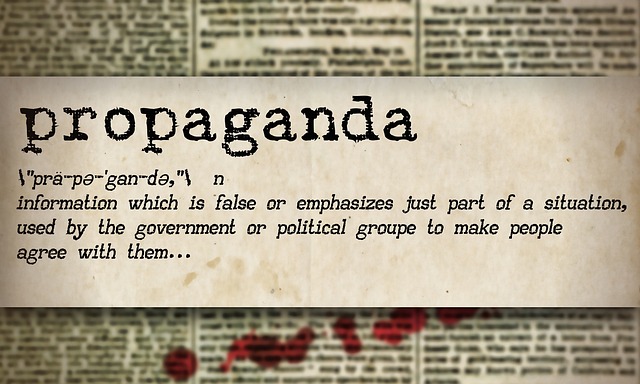
The Power of Persuasion in Csapat: Exploring Science, Technology, and Workplace Culture
The Power of Persuasion in Csapat: Exploring Science, Technology, and Workplace Culture
In the modern world, the ability to persuade effectively is a superpower that resonates deeply within various realms – from scientific discovery to technological advancement, and within workplace culture itself. Csapat, the Hungarian word for team,” embodies the spirit of collaboration and synergy that is essential for harnessing the multifaceted power of persuasion.
Persuasion in Science
Science thrives on persuasion. Researchers must convince their peers of the validity of their hypotheses and findings. This process is often rigorous and requires the presentation of data in a clear and compelling manner. When scientists present their research, they don’t just share facts; they craft narratives that weave their insights into a story that captivates and informs. The persuasive power of storytelling in science can ignite passion and inspire change, making it a crucial element for breakthroughs that lead to societal advancements. Imagine the impact of scientists persuading policymakers about climate change or health interventions; their words become catalysts for action.
Persuasion in Technology
In a world increasingly driven by technology, the art of persuasion takes on another layer of importance. Tech leaders must persuade stakeholders, investors, and consumers of their vision and the necessity of their innovations. Whether it’s through pitches for new applications, platforms, or features, effective persuasion involves not just logic but also an emotional appeal that resonates with the audience. The persuasive narrative around technology can influence user adoption and integration into daily life. Think of how persuasive marketing campaigns have transformed mere ideas into essential tools that shape our everyday experiences.
Persuasion in Workplace Culture
Workplace culture is a domain where persuasion flourishes organically. In a team, each member brings unique perspectives, and the ability to persuade effectively can strengthen relationships and drive collaboration. Leaders must inspire their teams, convey vision, and foster an environment where ideas can flourish. This is where emotional intelligence and interpersonal skills come into play; it’s about understanding the needs and motivations of others. When team members feel heard and valued, the persuasion isn’t just about convincing them to embrace a strategy but also about building a cohesive unit that believes in a shared mission. The culture of a workplace is often a reflection of how well persuasion is practiced among its members.
The Intersection of Science, Technology, and Workplace Culture
At the intersection of these three domains, the power of persuasion creates a ripple effect of innovation and collaboration. In scientific endeavors, technological advancements stem from an environment where team members can openly persuade one another about their ideas and findings. This dynamic fosters a culture of creativity and critical thinking, leading to groundbreaking discoveries that have the potential to transform industries and lives.
When we embrace persuasion as a vital component of Csapat, we recognize its profound impact on our collective advancement. Within our teams, the blend of science, technology, and nurturing workplace culture creates an ecosystem where ideas bloom, and results thrive. Emphasizing persuasion is not just about convincing others; it’s about fostering an environment where everyone feels empowered to share their voice and contribute to the greater good.



